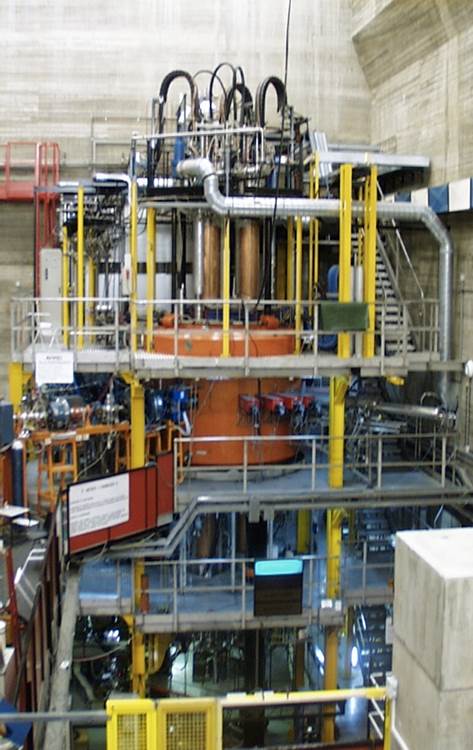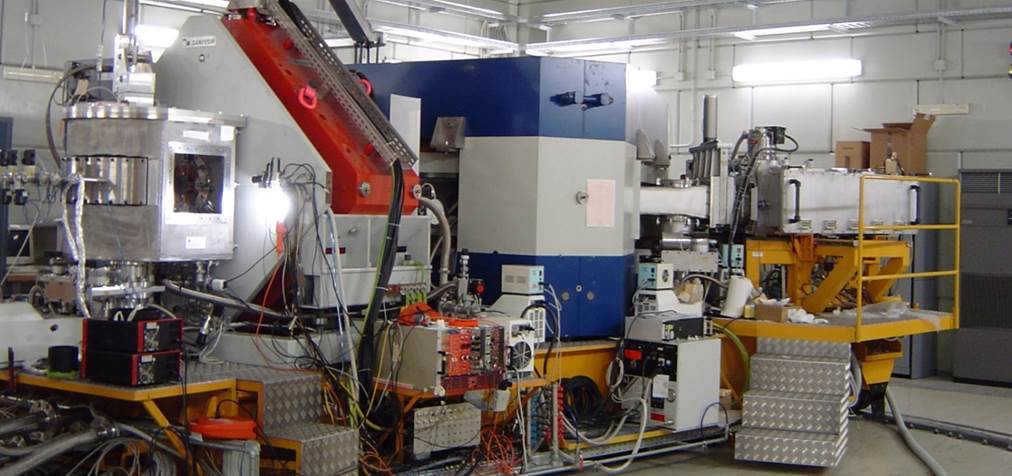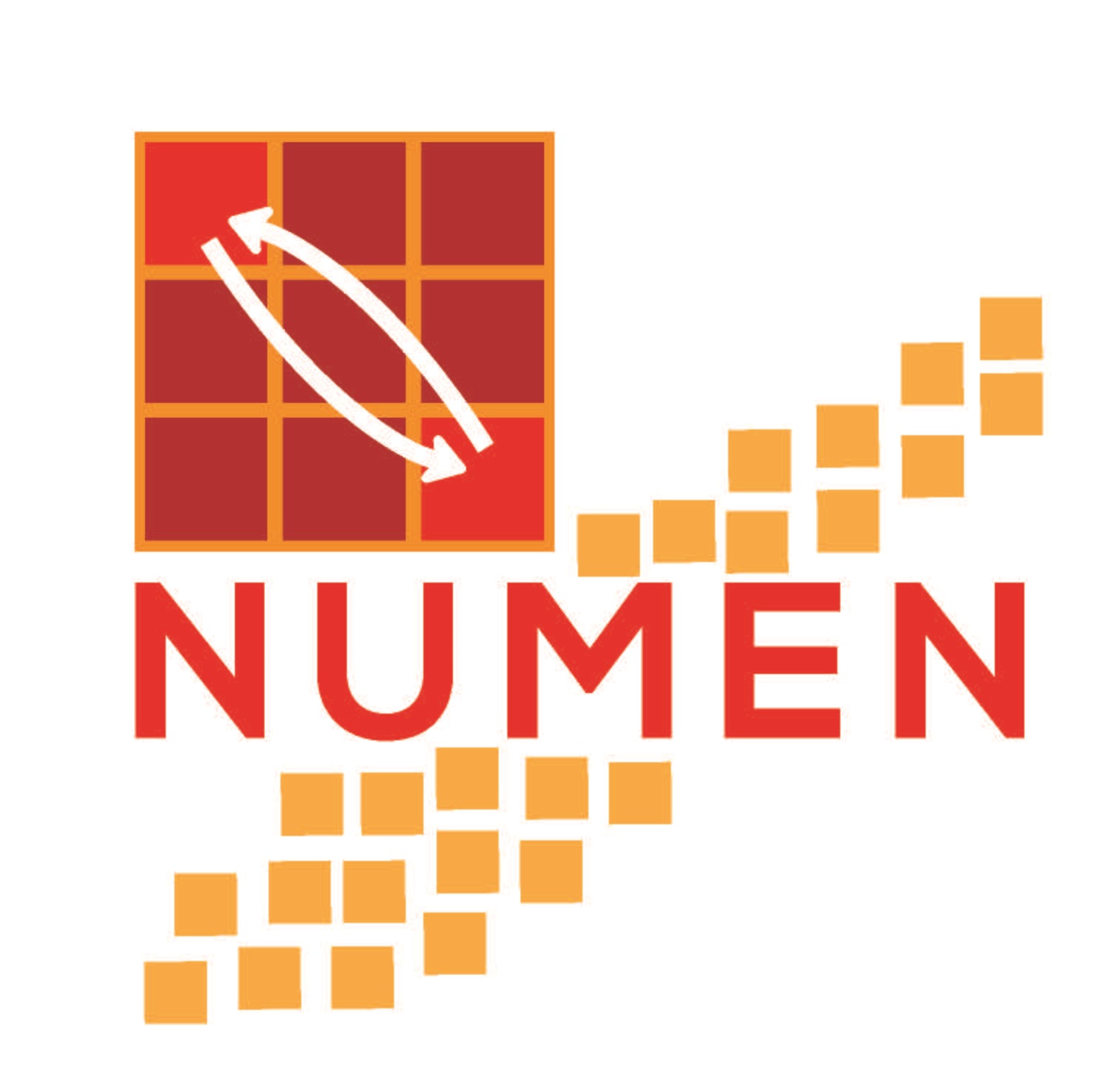NUMEN: What it is
An innovative technique to access the nuclear matrix elements entering the expression of the life time of the double beta decay by relevant cross sections of double charge exchange reactions is proposed. The basic point is the coincidence of the initial and final state wave-functions in the two classes of processes and the similarity of the transition operators, which in both cases present a superposition of Fermi, Gamow-Teller and rank-two tensor components with a relevant implicit momentum transfer. First pioneering experimental results obtained at the INFN-LNS laboratory for the 40Ca(18O,18Ne)40Ar reaction at 270 MeV, give encouraging indication on the capability of the proposed technique to access relevant quantitative information.

A key aspect of the project is the use of the K800 Superconducting Cyclotron (CS) for the acceleration of the required high resolution and low emittance heavy-ion beams and of the MAGNEX large acceptance magnetic spectrometer for the detection of the ejectiles. The use of the high-order trajectory reconstruction technique, implemented in MAGNEX, allows to reach the high mass, angular and energy resolution required even at very low cross section. The LNS set-up is today an ideal one for this research even at a worldwide perspective. However a main limitation on the beam current delivered by the accelerator and the maximum rate accepted by the MAGNEX focal plane detector must be sensibly overcome in order to systematically provide accurate numbers to the neutrino physics community in all the studied cases. The upgrade of the LNS facilities in this view is part of this project.

